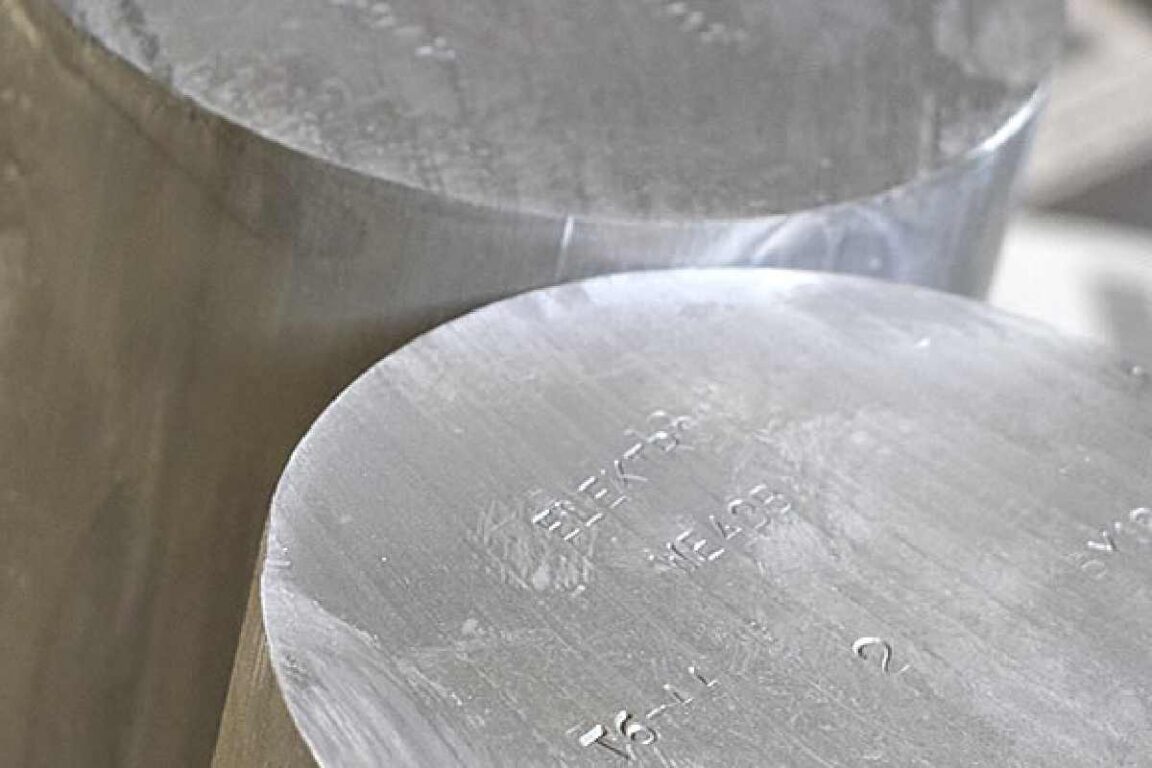About
Magnesium Alloy – Magnesium was concealed as an element in 1808 through Sir Humphrey Davy. Then, in 1831, Antoine Bussy produced it in its metallic form from magnesium chloride. Indeed the concept of “alloy” is not unknown to most of us. It is a mixture of metallic materials; in this case, an aluminum alloy is a mixture of aluminum and other metals. But let’s get into the more technical terrain and see what precisely an alloy consists of.
The term “alloy” is reserved only for the mixture of two or more materials. As long as one is a metal. Another defining characteristic of an alloy is that it must have been forged for a human purpose.
What Are The Types of Magnesium Alloy?
Magnesium Alloy We Mainly Classify 2 Types Of Alloy
Ferrous Alloys: Alloys in which iron is the central metal of the mixture. Steel is one of the most famous.
Non-Ferrous Alloys: Alloys that use metals other than iron in the mix. Aluminum is one of the best-known.
Alloy processes, There are many methods for making an alloy. These are the best-known:
Compression: Mixture of metals in the form of powder or chips, which is then heated to temperatures not higher than melting.
Electrolysis: Application of an electric current to cause ions to act on the elements of the alloy.
Fusion: Heating metals in a furnace to a temperature above melting conditions. Then the temperature is reduced for the solidification process.
Ions: Shooting beams of carbon and nitrogen ions and other elements onto the metal in a vacuum chamber.
Which Are The Most Important And What Are They Used For?
Aluminum is a crucial metal for the energy transition. It is not used in its pure state as it is with iron. However, it is produced primarily to manufacture aluminum. Which makes knowing aluminum alloys essential in the industry. Even today, it is possible in some cases to anticipate the properties of an alloy with a certain percentage of elements using artificial intelligence.
Aluminum is a fashionable metal. Its main characteristics, such as its resistance and lightness, make it an increasingly exciting and sometimes essential metal for many industries. The process that goes from the deposit to our can of soda. The frame of our window, the battery of our electric car, or the plane that takes us on vacation, among many other places where it is found, is marked by two circumstances: that Despite being one of the elements with the most significant presence on Earth, it is only economically viable to extract it from bauxite ore and its pure form is useless in industry, aluminum alloys are used. After our posts related to aluminum (its recycling and its uses), we present the most important alloys of this material in this post.
What is the Magnesium market?
The lightness of magnesium metal among all metals has given it an extra edge in its application, especially in structural alloys. In addition, market reports linked to the chemicals and materials sector made available by Market Research Future and information on other sectors have been recently published along with an account of this industry. As a result, the market is set to develop with an incremental CAGR rate and earn impressive revenues during the forecast period.
The growth of the transportation industry is expected. It provide new avenues for expansion of the market significantly. Its application in the automotive sector to make cars lighter. And also in car batteries is among the key driving factors for market growth in the upcoming years. Moreover, its use as a substitute for aluminum is also leading to an uptick in the demand for the metal. An increase in R&D activities observed in the magnesium market for applications like wind turbines, robots, and lighter alloys is anticipated to offer a lucrative opportunity for growth to the manufacturers in the market.
Conclusion
Magnesium alloys are combinations of magnesium (the lightest structural metal) with other metals, often aluminum, zinc, manganese, silicon, copper, rare grounds, and zirconium. Magnesium alloys take a hexagonal lattice structure, which shakes their fundamental properties.


